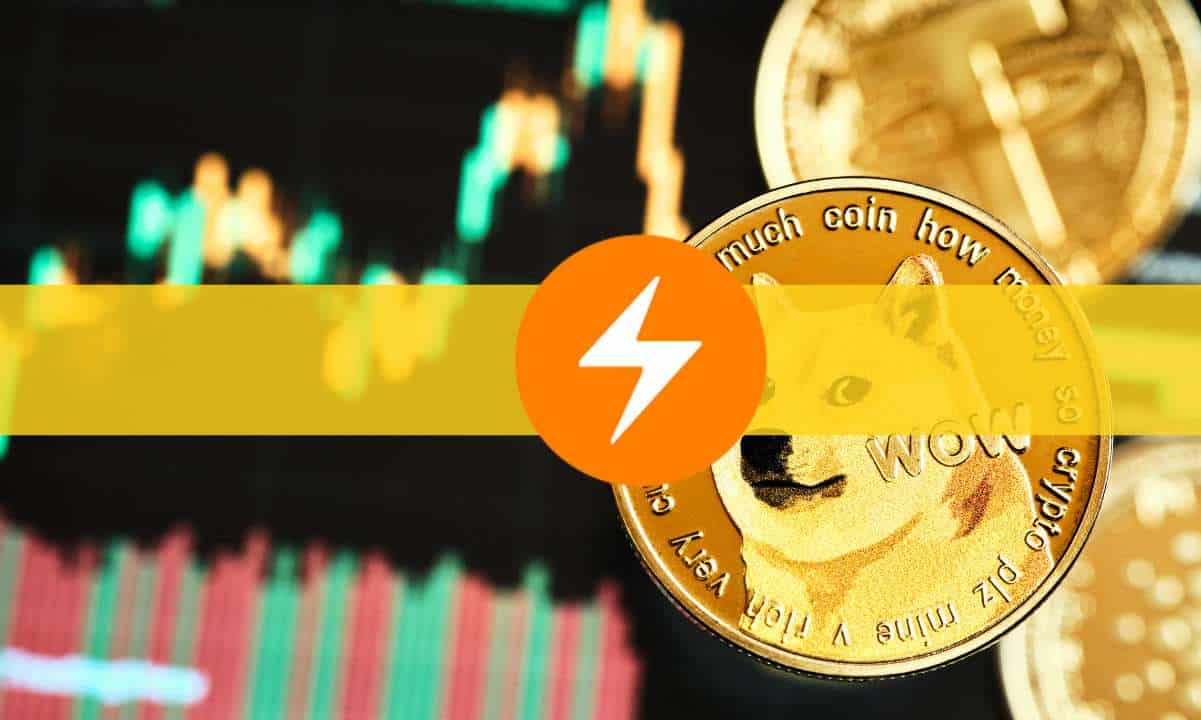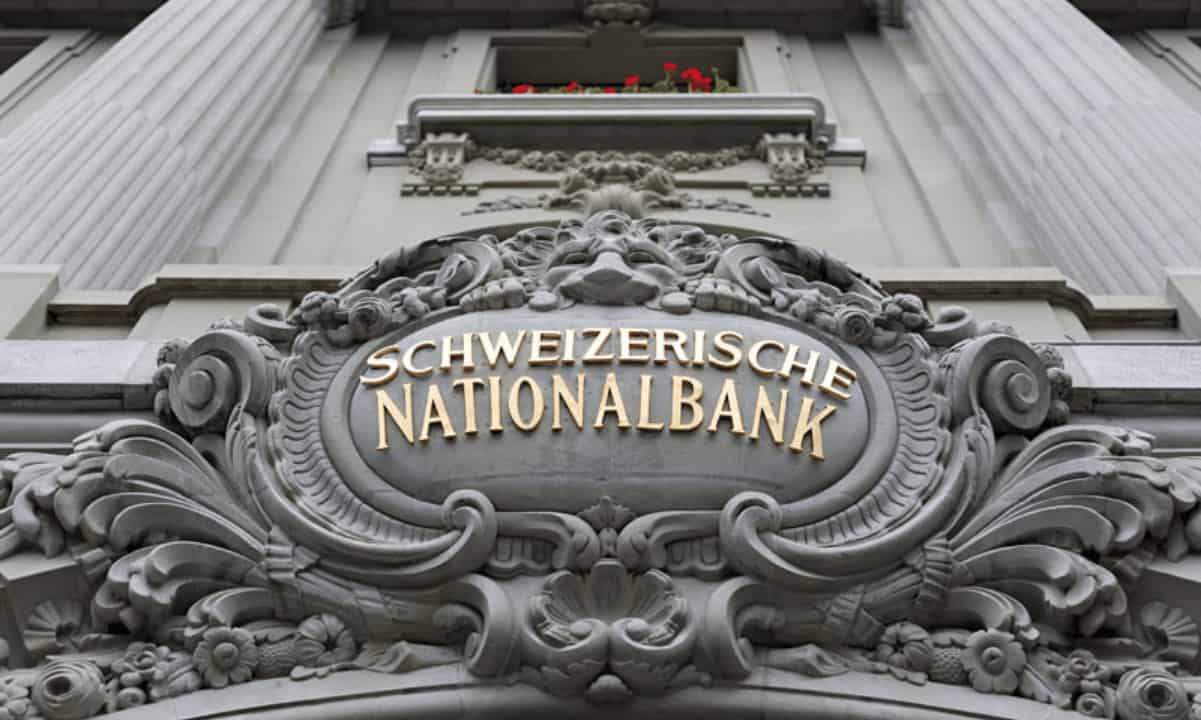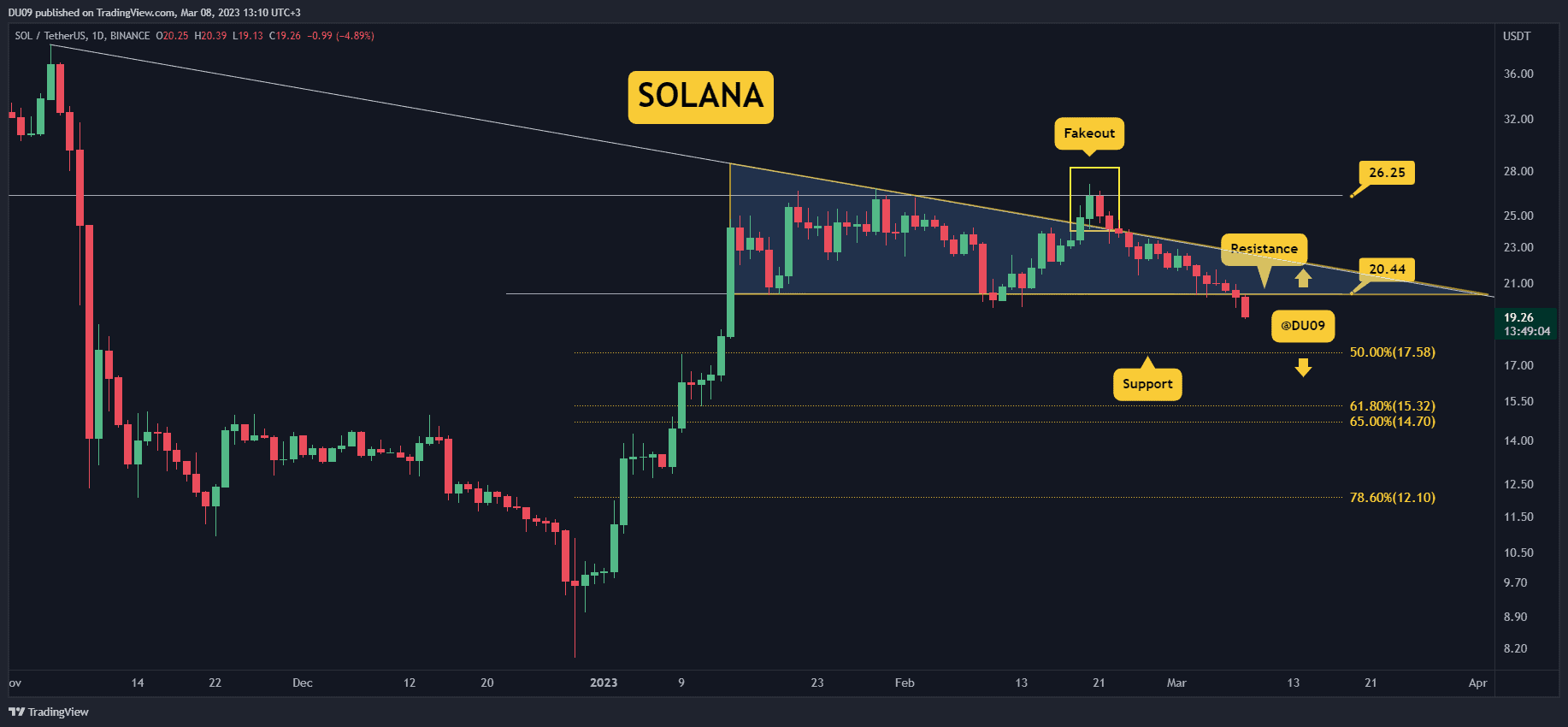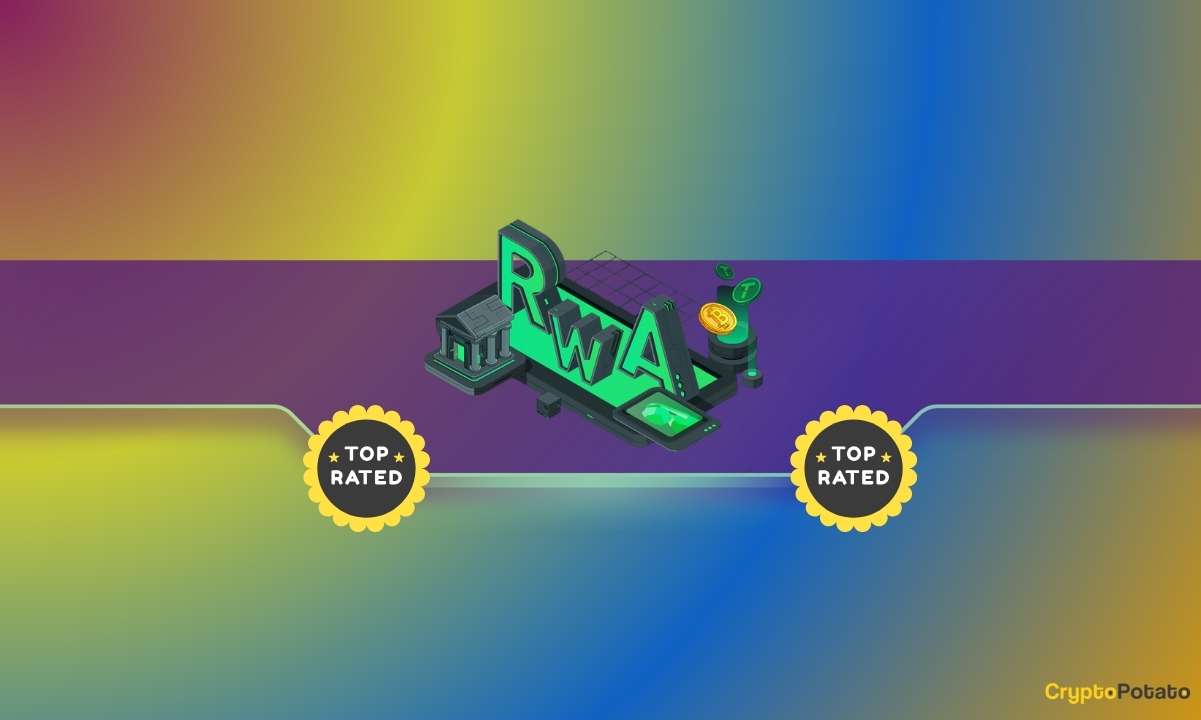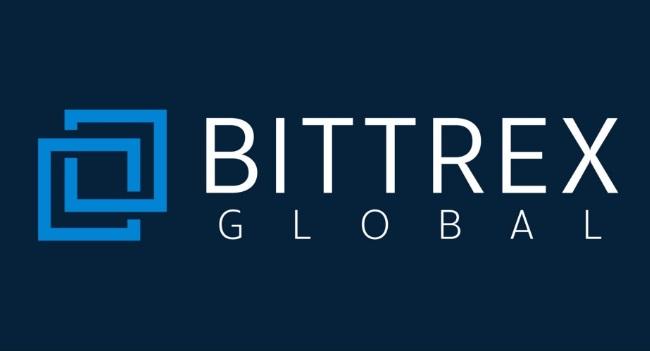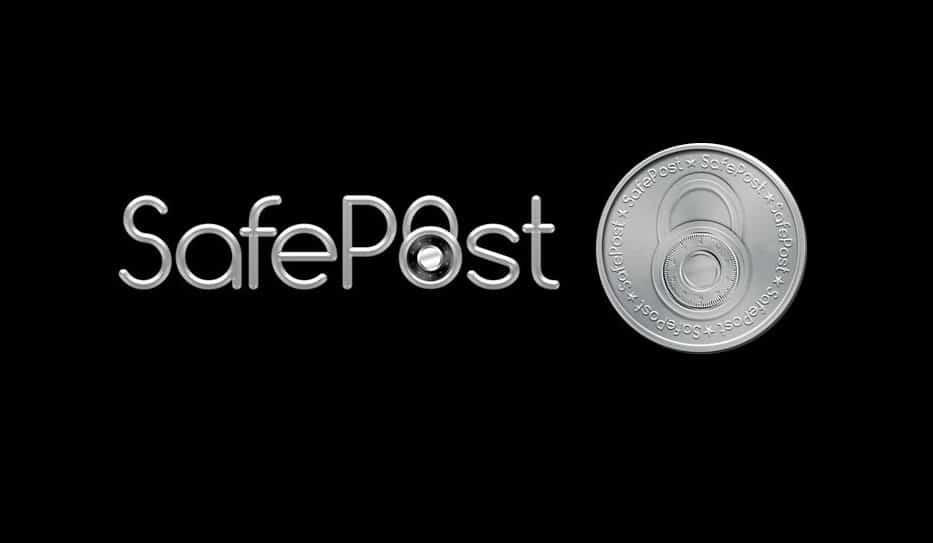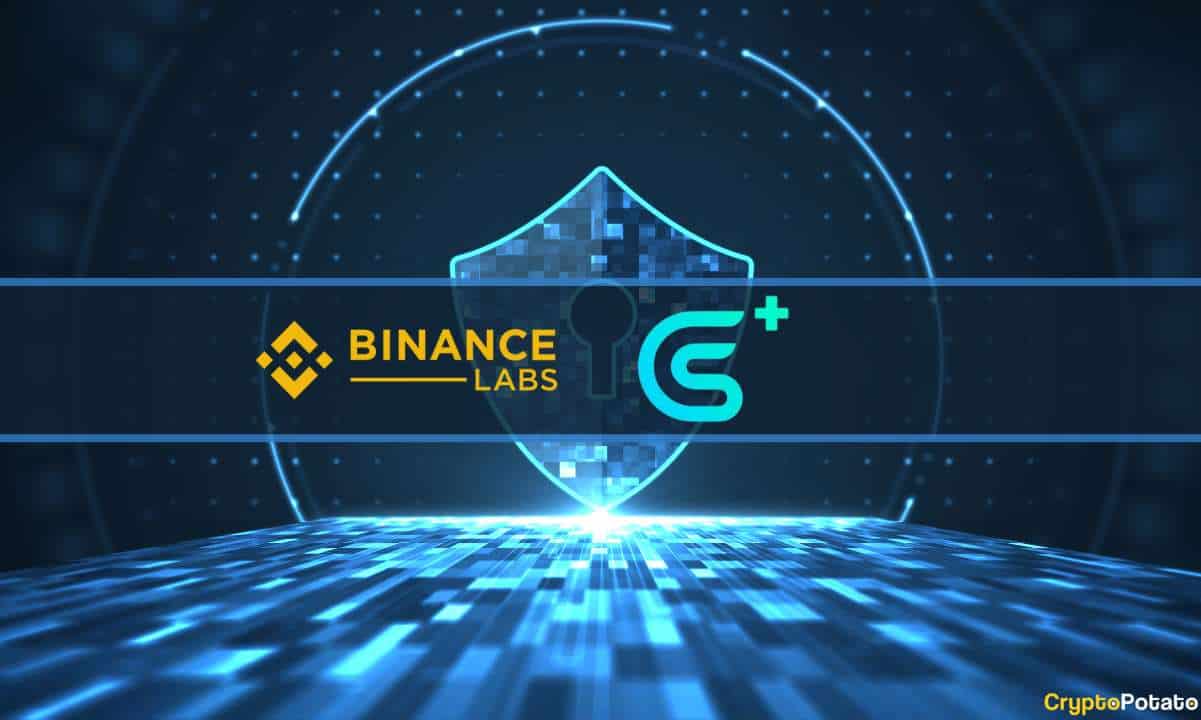Everything You Need To Know About The Upcoming Bitcoin Cash Hardfork
The Bitcoin Cash (BCH) hardfork, which has been sparking the cryptocurrency’s price up in the recent weeks, will occur on November 15, 2018, at 4:40 PM (UTC). Despite the great start following the fork’s announcement early this year, the BCH community has been divided into two separate camps. Following the November upgrade, a chain split is imminent.
The two solutions splitting the community
Bitcoin Cash will have two separate chains following the upgrade due to two opposite solutions that have been proposed by BCH developers.
In July 2018, Bitcoin ABC dev Amaury Sechet proposed a solution that would introduce the idea of a pre-consensus. According to Sechet, this upgrade would allow BCH network participants to “agree as much as possible on what the next block is going to look like.” The Bitcoin ABC developer argues that introducing pre-consensus to the Bitcoin Cash network will provide a significantly stronger zero-confirmation guarantee compared to the one BCH has at the moment. Furthermore, the upgrade would allow the network to scale better, according to Sechet.
Zero-confirmation transactions have always been a trending topic in the Bitcoin Cash community. The goal of BCH supporters is to, instead of HODLing coins, use the cryptocurrency as we use fiat currencies in our everyday lives, including shopping, sending money to friends & family, and paying for our daily dose of coffee. While they are riskier than “normal” transactions that have been confirmed multiple times, zero confirmation transactions take much less time, allowing merchants to process BCH payments quickly. If zero-confirmation would come with no or minimal risks, it would potentially increase the adoption of Bitcoin Cash.
While Bitcoin ABC’s proposal received support from many – including the mining giant Bitmain -, the other part of the BCH community rejected the solution and went with creating another. The opposition is led by the self-proclaimed Satoshi Nakamoto, Craig Wright, who is a controversial figure in the crypto community.
Wright responded to the ABC proposal with a proposal of his own called the “Satoshi Vision” (Bitcoin SV). The solution, which was published by nChain, suggests using the original specifications in the original Bitcoin whitepaper, except for a much larger, 128Mb block size upgrade. Bitcoin SV currently has the largest number of backers, including Calvin Ayre’s CoinGeek. According to different sources, the mining giant supports Wright’s solution due to its distrust in its competitor, Bitmain.
The “Hash Wars”
Currently, according to Coin Dance, approximately 17-30% of Bitcoin Cash miners support Bitcoin ABC, while Bitcoin SV’s support stands between 61 and 72%.
In addition to the war between the two groups’ hash power, both parties have been trading accusations, especially on social media. Craig “Satoshi” Wright appeared on a video recently stating that Jihan Wu, the co-founder of Bitmain, undermined his team’s efforts to scale Bitcoin Cash.
Wright has also confronted with another Bitcoin ABC supporter, Roger Ver (or “Bitcoin Jesus”), the CEO of Bitcoin.com. On November 8, 2018, Ver released a screenshot of his email messaging with Wright. In the alleged email, the Bitcoin SV supporter described the Bitcoin.com CEO as his enemy who “hates Bitcoin.”
“We are NOT tolerant. We will not capitulate. We will not surrender. We will not negotiate. We will not end,” Wright followed up on the email in a tweet.
How to stay safe during the BCH hardfork
While the debate – and the “Hash Wars” – are going on between the two groups, it is essential to keep your coins safe, especially if you are holding Bitcoin Cash. Hardforks are considered as high-risk events in the crypto community as scammers are highly targeting users to trick them using different tactics, such as phishing scams. During the Bitcoin Gold hardfork in October 2017, perpetrators managed to steal over $3 million of coins using a phishing website.
As we don’t want you to become one of the victims, we’ve collected a list of security tips you can use during a hardfork.
-
During hardforks, the risk for phishing is high. To avoid scammers taking your money, use separate wallets to store your balance and claim the new coin. Take these steps before claiming forked crypto:
- Move your balance from the wallet you have been storing your crypto to a new one where you are in possession of your private keys (forget exchanges).
- Wait until the hardfork is completed and move your funds back to your original wallet.
- After your funds are back in your original wallet, you can export the private key from your new wallet (not from the original!) to claim the forked coins.
- Always use secure wallets where you are in possession of your private keys. No access to your private keys not just means that you are not in control of your wallet, but, in most cases, you are unable to claim your forked coins.
- Have a good anti-virus software installed on your computer to protect you from malware that can steal your coins.
- Check every website that states you can claim the new coins there. Carefully check whether the site is original or a phishing scam. Hit up the developers’ official social channels and use the links there to access their official website.
- Use common sense: if something seems to good to be true, it probably is!
For more security tips, check the last section of this article.
The post Everything You Need To Know About The Upcoming Bitcoin Cash Hardfork appeared first on CryptoPotato.

